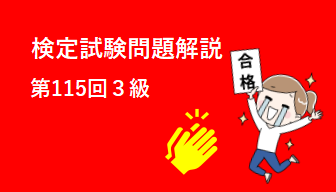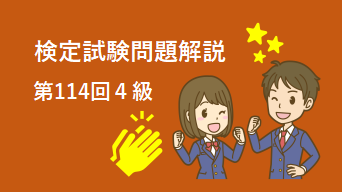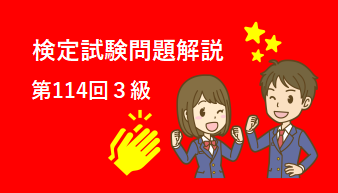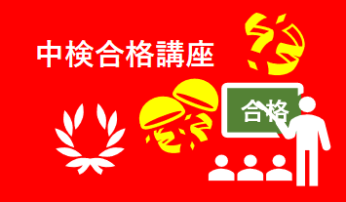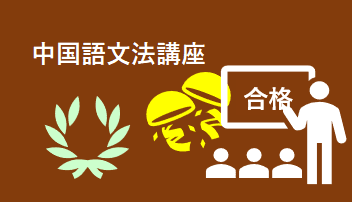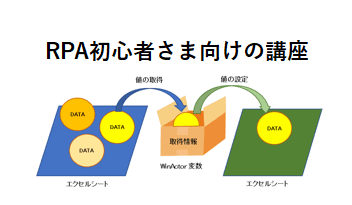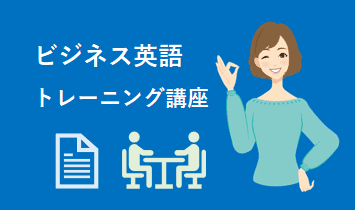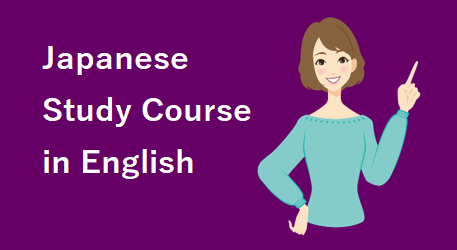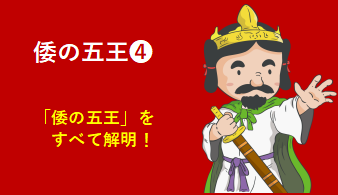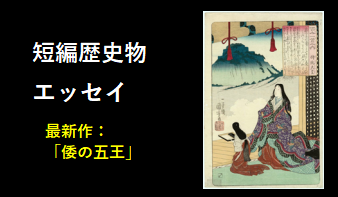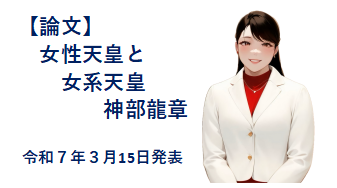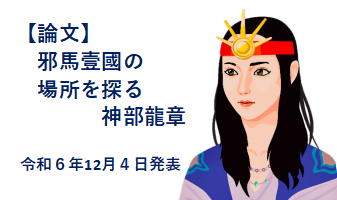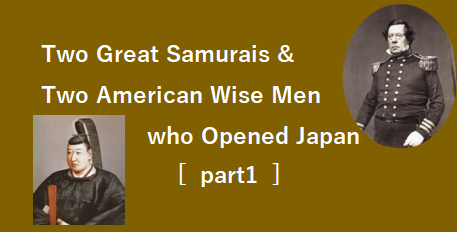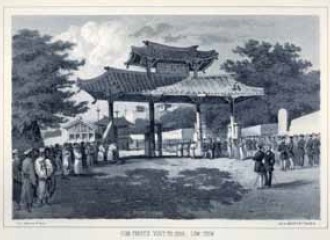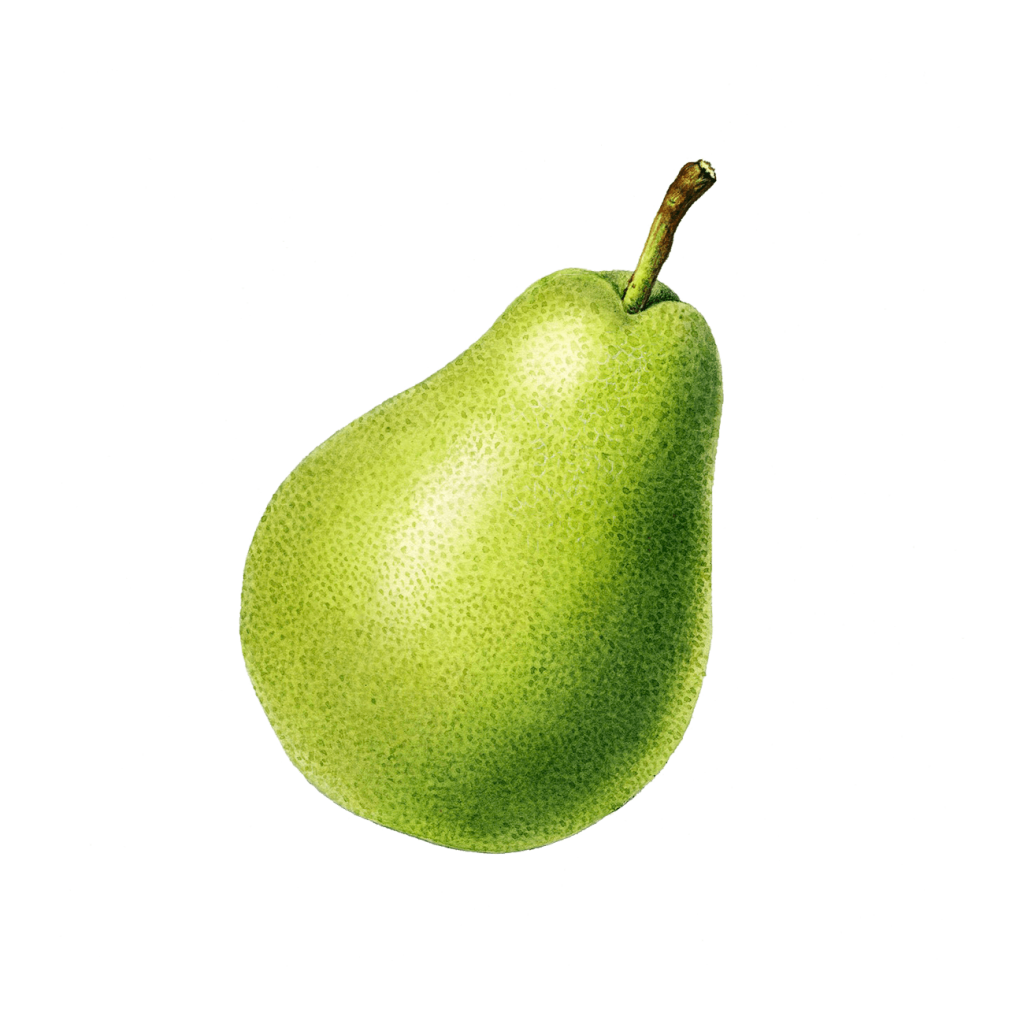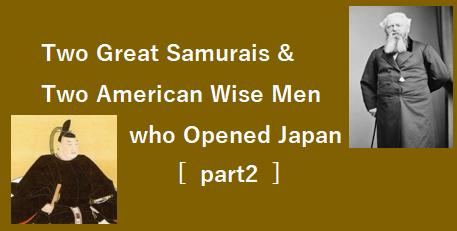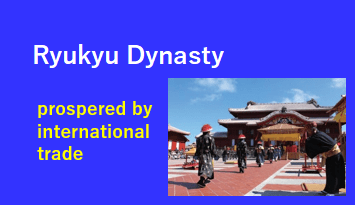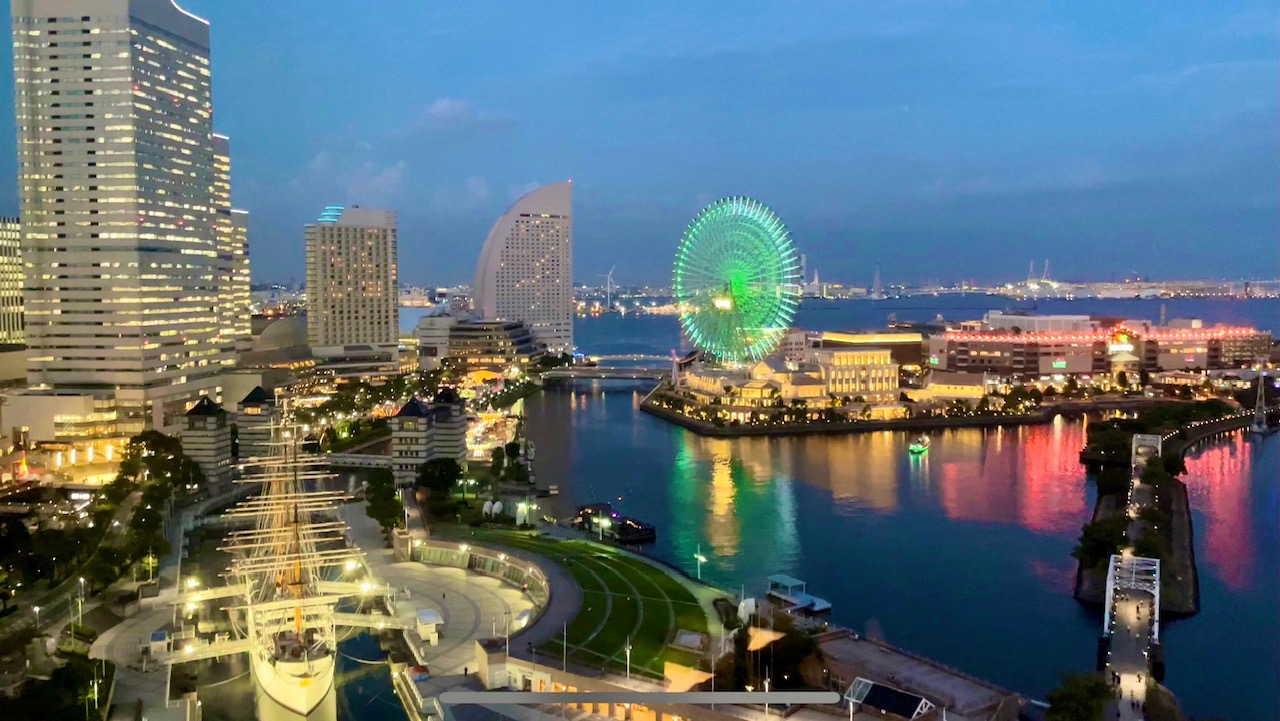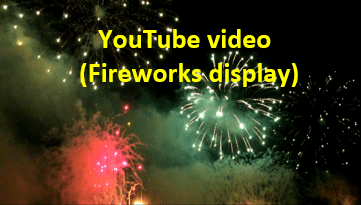Click here for Japanese version
1. Commodore Matthew Perry Arrives
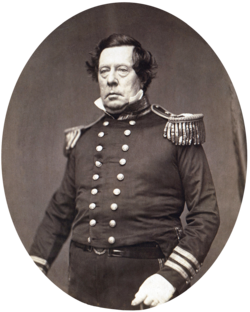
Source: The free encyclopedia "Wikipedia"
From the Matthew Calplace-Perry portrait
July 8, 1853, four black warships led by Commodore Matthew Perry (Mr. Matthew Calplace Perry, commander-in-chief of the US East India Fleet) appeared off the coast of Uraga in Japan. In Japanese history, it is called "Commodore Perry's arrival."
He brought a national letter from President Fillmore addressed to the Emperor (or Shogun) of Japan. This national letter from the president states, "I dispatched Commodore Perry to Japan to establish friendship and propose trade."
President Fillmore is the 13th president of the United States, known as Millard Fillmore. He had served as Vice President under the 12th president Zachary Taylor, but on July 9, 1850, following the death of President Taylor from cholera, he assumed the presidency. The term of office is from the same day to March 4, 1853.
The United States won Mexico in the Mexican-American War that ended in 1848 and expanded its territory to the Pacific Ocean. After taking office, President Fillmore made efforts domestically toward the construction of a transcontinental railroad. And with regard to trade with China, he wanted to control Japan, which was suitable as a supply base. So He sent Commodore Perry to Japan with a national letter.
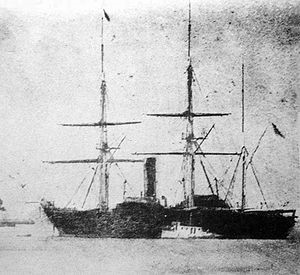
Source: The Free Encyclopedia "Wikipedia"
From the picture of the Black Warship Susquehanna
2. Arrival Route to Japan
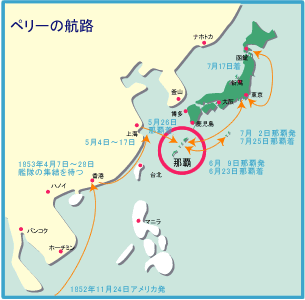
Source: Naha Port and Airport Maintenance Office HP
From the picture of Perry's route
Perry's fleet consisted of four black warships: the flagship Susquehanna, the Mississippi, the Saratoga, and the Plymouth. Susquehanna is named after a river in Pennsylvania.
Now, when you hear that a fleet from the United States has arrived off the coast of Uraga, Japan, some may think that it has crossed the Pacific Ocean, but that is not the case. As mentioned above, the Mexican-American War expanded the territory on the Pacific side, including California, and the military base was on the eastern side of the Atlantic Ocean.
Leaving the port of Norfolk, Virginia, on November 24, 1852, the fleet advanced across the Atlantic Ocean via Cape Town to Singapore in March, Hong Kong in April, and Shanghai in May.
On May 26, 1853, Perry's fleet departed Shanghai and entered Naha Port. Then, on June 6th, they will visit Shurijo Castle in the Ryukyu Kingdom. Before the fleet appeared off the coast of Uraga, they had gone to Ryukyu first. The Ryukyu Kingdom gave a grand reception to Commodore Perry and his party at the North Hall of Shurijo Castle.
At that time, the Ryukyu Kingdom was the 19th SHO Tai (the last king of the Ryukyu Kingdom), the 2nd SHO Dynasty.
In 1848, he was only six years old when he ascended to the throne. So he was eleven years old yet when Commodore Perry came to Naha. In the Meiji era, as a result of the disposal of Ryukyu by the Meiji government, the kingdom was abolished and Okinawa Prefecture was established in 1879, so he became the last king of the Ryukyu Kingdom.
The Ryukyu Kingdom, the first SHO Dynasty, was founded by Mr. SHO Hashi in 1429.
However after the death of the 7th King "SHO Toku", "Mr. Kanamaru", a powerful vassal of the kingdom, assumed the SHO clan name, succeeded as King "SHO En". After that, it was called the Second SHO Dynasty.
By the way, Perry's visit to Shurijo Castle was intended to open up Ryukyu, an important base in East Asia, to build a supply base for the coal needed for steamships and to supply US ships with supplies.
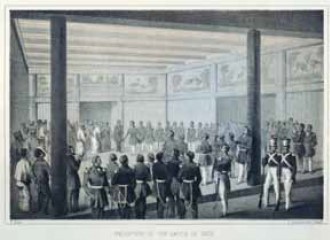
Source: Shurijo Castle Park HP
"Shurijo Castle Seiden North Hall"
On the other hand, the Ryukyu Kingdom was accustomed to dealing with delegations from foreign countries, such as conducting tribute trade with Ming Dynasty and Qing Dynasty, and hosting a group of "Sakuho envoys" from mainland China.
When Perry received a reception, the still young King SHO Tai did not show up, and the veteran regent responded. The Ryukyu Kingdom did not invite Perry and his party to Shurijo Castle's Seiden, the main place of the King palace, but handled everything at the North Hall of the State Guest House.
3. Response of Principal Elder ABE Masahiro
Three days after Perry's fleet appeared off the coast of Uraga, on July 11, 1863, ABE Masahiro, the head of "Roju", the Principal Elder of the Shogun's Council, decided to receive a national letter from the President of the United States, giving top priority to avoiding fighting.
Receiving a national letter with a strong diplomatic tinge from an overseas head of state conflicted with the policy of isolation, but at the time the Edo shogunate was in financial difficulty and judged that the strengthening of coastal defense was insufficient.
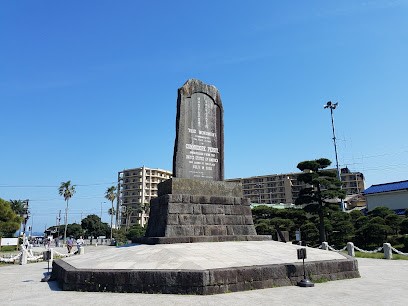
The shogunate regularly received information on overseas affairs from the head of the Dutch trading house in Nagasaki, and it is believed that they were fully aware of the outcome of the Opium War.
On July 14th of the same year, Commodore Perry and his party landed at Kurihama and handed over a national letter to the Uraga magistrate.
ABE Masahiro was the 7th lord of the Fukuyama Domain in Bingo Province, and was appointed to the position of Roju at the age of 25 in 1843, and two years later became the head of the Roju. He was thirty-five when Perry appeared off the coast of Uraga.
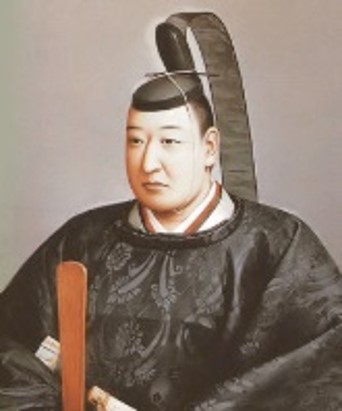
Source: Hobbyist club ABE Masahiro
After receiving the national letter, he reported the US president's national letter to the Imperial Court and tried to respond by listening to the opinions of various feudal lords.
However, this brought the Imperial Court into the arena of real politics and increased its authority. In addition, it was decided to give the lords of various places an opportunity to express their opinions on the politics of the Edo shogunate. These will be the trigger to change the tyrannical political management of the shogunate.
4. Conclusion of the Japan-U.S. Treaty of Peace and Amity
"Japan-U.S. Treaty of Peace and Amity"
On February 13, 1854, Perry returned to Sagami Bay with his fleet of seven warships. Perry insisted on entering Edo, while the shogunate insisted on making Uraga a place of reception. Since Perry moved his fleet to Tokyo Bay in the middle of negotiations and anchored in front of Kanagawa port, the shogunate was forced to decide to make Yokohama village near Kanagawa a reception place.
On March 8th of the same year, Perry landed in Yokohama. The time has come for Yokohama to first appear on a major historical stage. The location is where the Yokohama Customs House and the Yokohama Port Archives Museum currently stand. A map of Perry's landing in Yokohama remains at the Yokohama Port Archives Museum, and the material also depicts a tree that is said to be the predecessor of the Tamagusuku tree that grows in the courtyard of the current museum.
In March 31, 1954, the "Japan-U.S. Treaty of Peace and Amity" (Kanagawa Treaty) consisting of twelve articles was concluded. Two ports, Shimoda and Hakodate were opened for the sake of the friendship between the two countries and the supply of firewood, water, food, coal and other scarce goods.
In June 20, 1954, the Treaty of Shimoda, consisting of 13 articles, which stipulated the details of the Treaty of Peace and Amity, was concluded. After fulfilling a series of missions, Perry's fleet returned to the United States on June 25, 1854.
My thoughts on the first half
Pricipal Elder ABE Masahiro overcame the historical difficulties from Perry's arrival to the conclusion of the Japan-U.S. Treaty of Peace and Amity, but died of a sudden illness at the age of 39 in 1857. It seems that he was cursed by excessive anxiety. He is a great man who survived historical difficulties at a young age.
Looking at Commodore Perry's negotiations with the Japanese side, we can see a military-like rationality of threatening to use force, promptly carrying out the given mission, and quickly withdrawing when the business is completed. It turns out that he was an excellent commander-in-chief leading the fleet.
Perry's visit was carried out for the purpose of delivering a national letter from President Fillmore to the Shogun, which ended the isolation system of the Edo Shogunate. I think the most interesting points is that this was not due to the individual intentions of the president or the commodore, but to the fact that it was the result of the movement of the entire United States, which was a major trend in the world.
